In 1982, the year before she died, the Portuguese artist Sarah Affonso unknowingly did a series of interviews about her long life and career with her daughter-in-law, who kept a tape recorder hidden under a napkin during their conversations. ‘I never sold a painting,’ Affonso said of her fantastical depictions of domestic and rural life, explaining that ‘nobody painted like that at the time’. As a young woman, she had been part of vibrant art scenes in Paris and Lisbon. But in 1939, Affonso gave up painting, strained by the demands of motherhood and discouraged by her lack of critical and commercial success. Since then, Affonso and her work have been overshadowed by her husband, the artist José de Almada Negreiros. But now, 120 years after her birth, Affonso is finally in the spotlight. Two exhibitions in Lisbon – ‘Sarah Affonso and Folk Art from the Minho’ at the Calouste Gulbenkian Museum and ‘The Days of Small Things’ at the Museu Nacional de Arte Contemporânea do Chiado – show the world that, even when she put down her paintbrush, she never stopped making art.
The Gulbenkian exhibition features paintings, drawings, textiles, and ceramics inspired by the Minho region in northern Portugal where the artist grew up. Known for its colourful lavradeira dresses, heart-shaped gold jewellery, and folkloric religious processions, the Minho region embodies traditional Portuguese identity. During the rapid modernisation undergone during Affonso’s lifetime, a nostalgic ‘Minho style’ gained popularity among the middle and upper classes in the country’s major cities, especially Lisbon. Minho-themed postcards, posters, toys, and other ephemera in the exhibition contrast with Affonso’s works, which offer an intimate, inventive counterpoint to these stereotypical visions of her homeland.
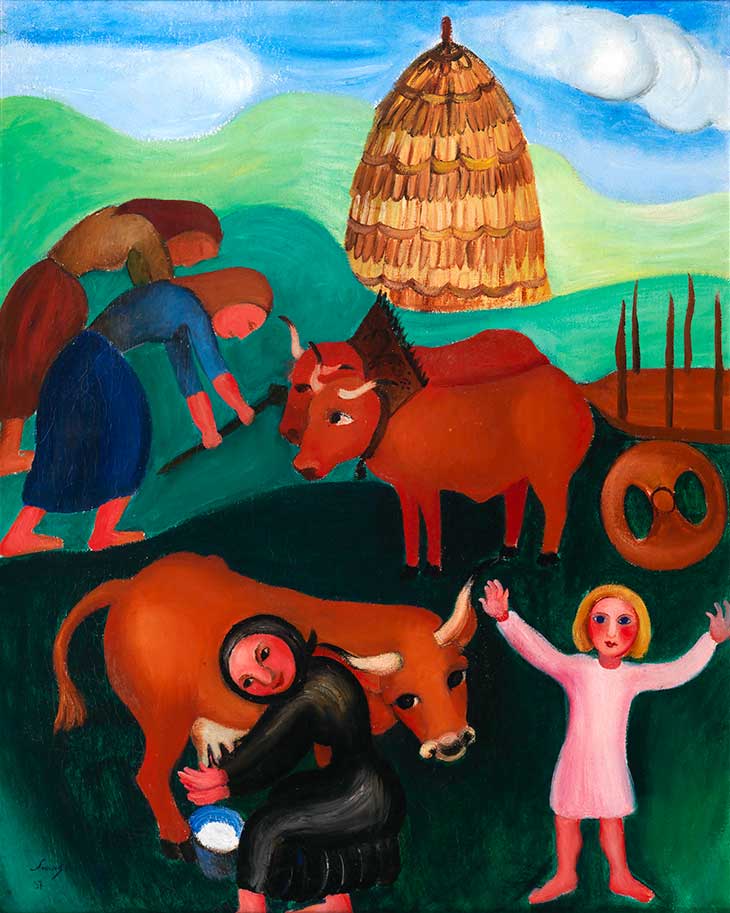
Peasant Girls and Oxen (1937), Sarah Affonso. Photo: Catarina Gomes Ferreira
The exhibition opens with Affonso’s first known drawing, made when she was 12 years old. Below the schematic leaf form, the artist signed her name and wrote that of her town, Viana do Castelo. But it wasn’t until after she’d studied in Paris and settled in Lisbon that Affonso started to make images inspired by her childhood home. A trip to her father’s village in September 1933 proved to be the turning point. ‘This region is fresh territory for painting,’ she wrote to her friend, the writer Fernanda de Castro. ‘Everything is like a painting waiting for an artist.’ The works that followed were filled with peasant girls, earthy oxen, and emerald green hills. Affonso’s rounded figures and flattened spaces nod to modernism, but they also embody the ‘ancient sense’ that Affonso saw in the Minho region. Her images of women nursing, bending over fields, and tending to cattle form a sort of archetype for female devotion and labour. As the sculptor Diogo de Macedo, another friend, wrote, Affonso’s work is made between ‘life and the laboratory of her dreams’.
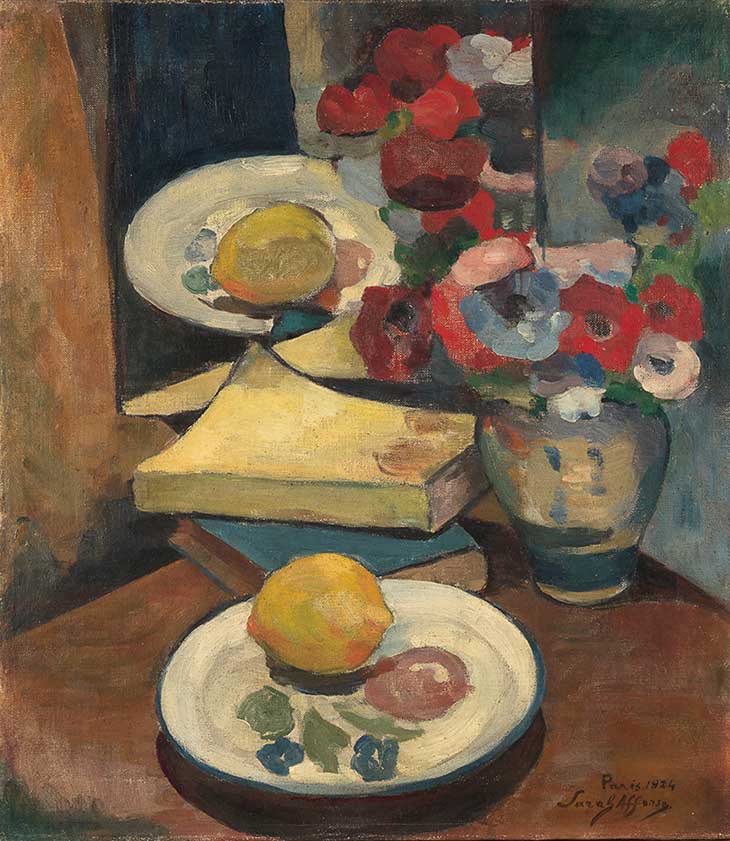
Anemones (1924), Sarah Affonso. Photo: António Coelho; courtesy Museu Nacional de Arte Contemporânea do Chiado
At the Chiado, visitors are presented with a panoramic view of Affonso’s work and life beginning with her first stay in Paris. Affonso arrived in the French capital alone, 22 years old and eager to learn. In an interview with her daughter-in-law, Affonso recounts discovering an exhibition of Matisse’s flower paintings. The work was so inspiring that Affonso bought a bouquet from a nearby shop and ran home to paint Anemones (1924). The piece, which also has a touch of Cézanne’s still lifes, is early proof of Affonso’s receptivity and skill. Affonso was forced to return to Portugal in 1924 for family reasons, but when she moved back four years later, she immersed herself in the Paris scene. In those heady months, Affonso collaborated on fashion designs with Sonia Delaunay, moved in the same circles as Tarsila do Amaral, and exhibited in the Salon d’Automne alongside artists like Kees van Dongen and Tsuguharu Foujita. But by early 1929, Affonso’s mother became gravely ill. The artist, forced to decide between her budding career or her family, returned to Lisbon.
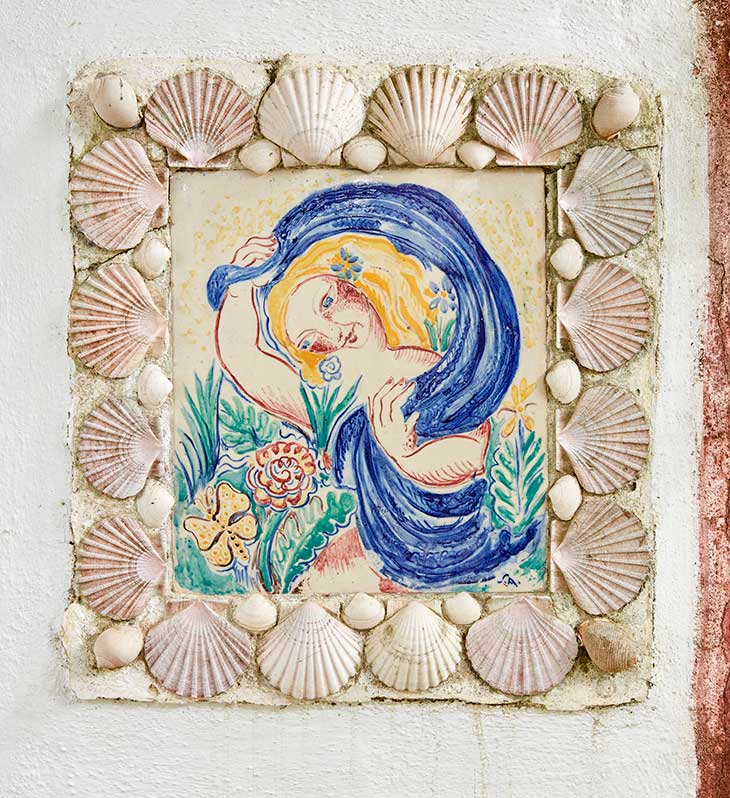
Tile panel with mermaid decorating the porch at Quinta da Lameirinha, Affonso’s home in Bicesse. Photo: Tiago Pinto; courtesy Museu Nacional de Arte Contemporânea do Chiado
Painting, taking drawing classes, visiting galleries, and meeting other artists in Paris left an indelible imprint on Affonso, but she never abandoned the decorative arts. ‘For me, painting alone wasn’t happiness,’ Affonso declared in 1982. She started exhibiting her embroidery in 1929 and, throughout her life, illustrated books and magazines and created personal and didactic materials for her children and grandchildren. Her ceramic buttons, plates, and tiles provided an important source of income for the family, as well as a method of expressing her creativity. Princesses, doves, flowers, sea creatures, and mermaids appear across these dreamy, delicate works, which span daily and ceremonial use. The Chiado exhibition concludes with Affonso’s rarely exhibited final drawings from the 1970s. Like so much of her work, these pictures of hybrid plant forms are inspired by her home garden, but they merge observation with fantasy.
Together the exhibitions feature more than 100 works by Affonso, most of which are from private collections that have never been displayed publicly. The tenderness and hope at the core of Affonso’s happy and humble works may be the reason why they have been ignored for so long, and it’s the same reason why they need to be seen today.
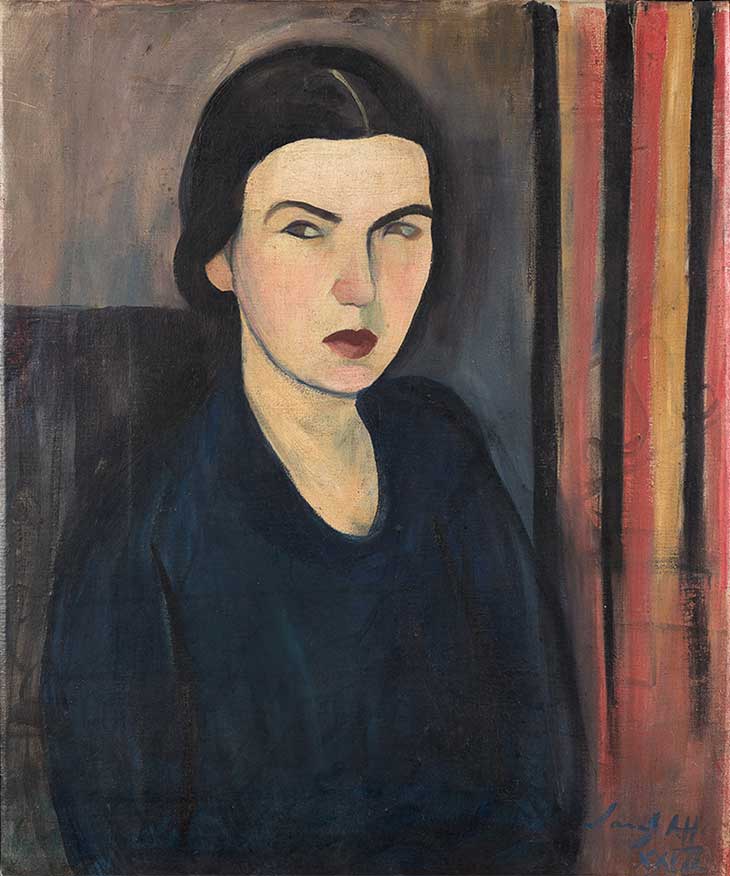
My Self-portrait (1927), Sarah Affonso. Photo: António Coelho; courtesy Museu Nacional de Arte Contemporânea do Chiado
‘Sarah Affonso and Folk Art from the Minho’ is at the Calouste Gulbenkian Museum, Lisbon, until 7 October. ‘The Days of Small Things’ is at the Museu Nacional de Arte Contemporânea do Chiado, Lisbon, from 13 September–22 March 2020.
Unlimited access from just $16 every 3 months
Subscribe to get unlimited and exclusive access to the top art stories, interviews and exhibition reviews.

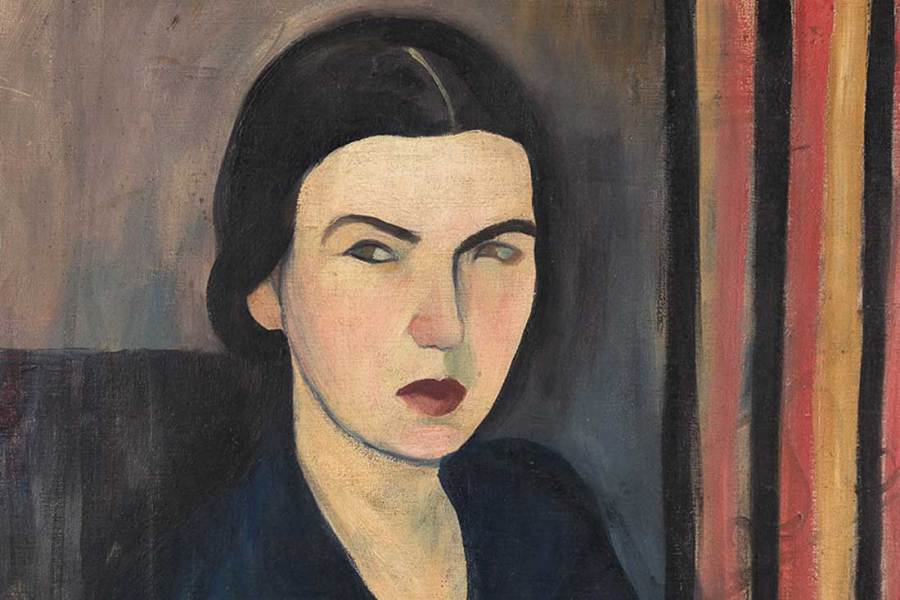
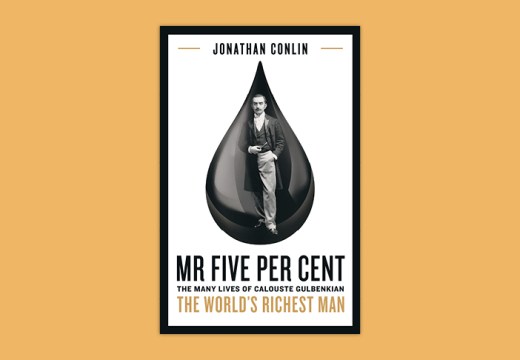
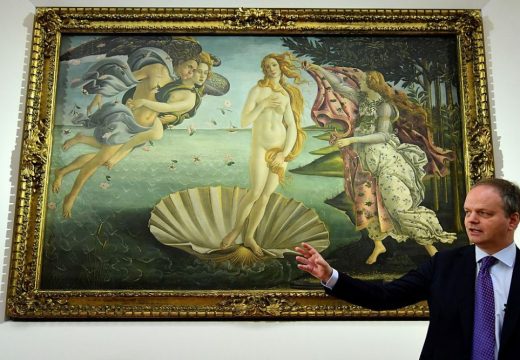










![Masterpiece [Re]discovery 2022. Photo: Ben Fisher Photography, courtesy of Masterpiece London](http://www.apollo-magazine.com/wp-content/uploads/2022/07/MPL2022_4263.jpg)
It’s time for the government of London to return to its rightful home